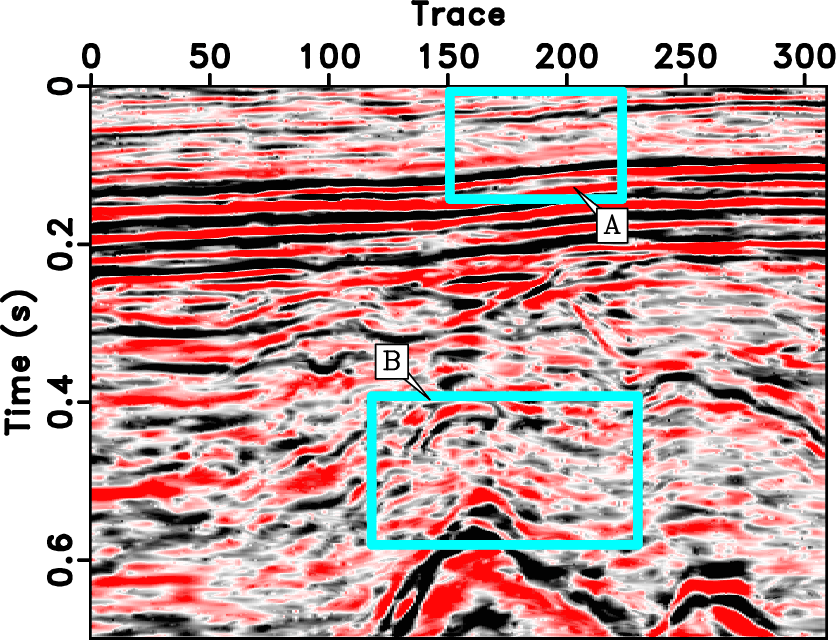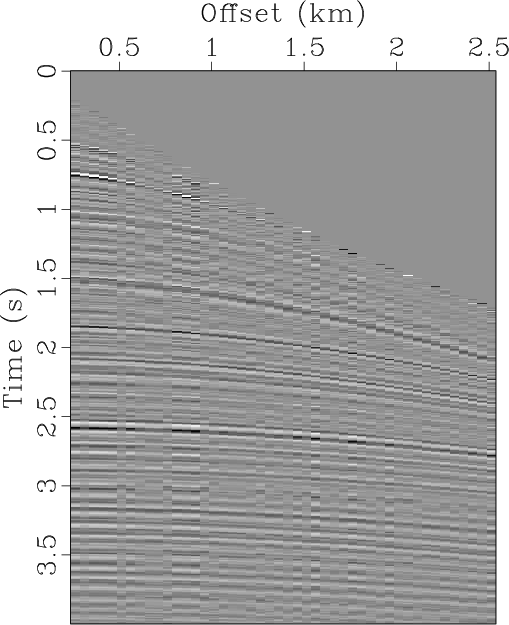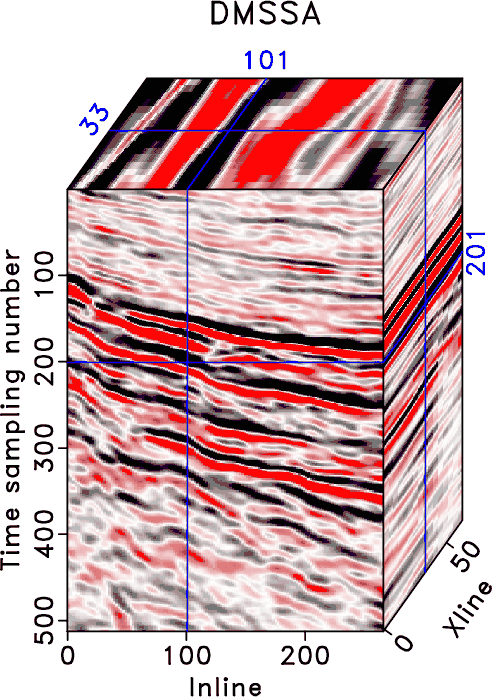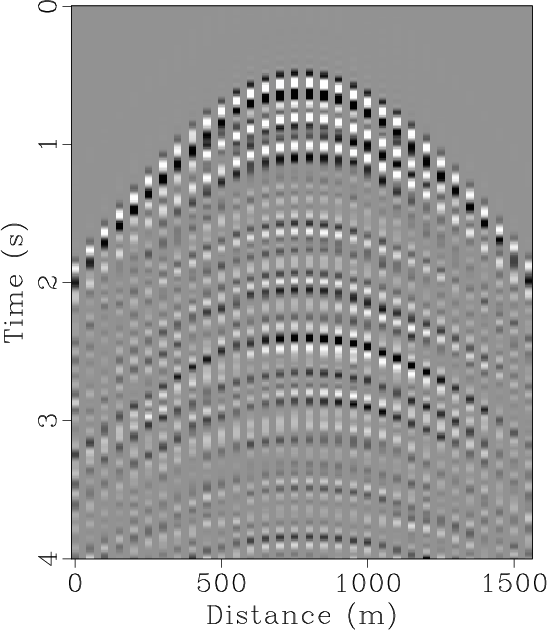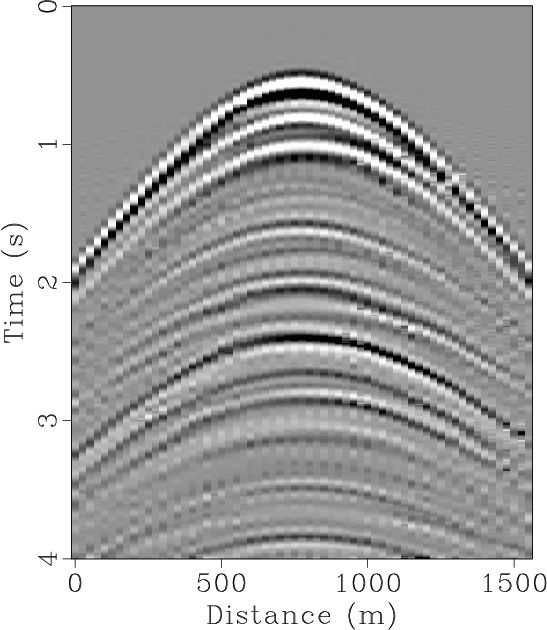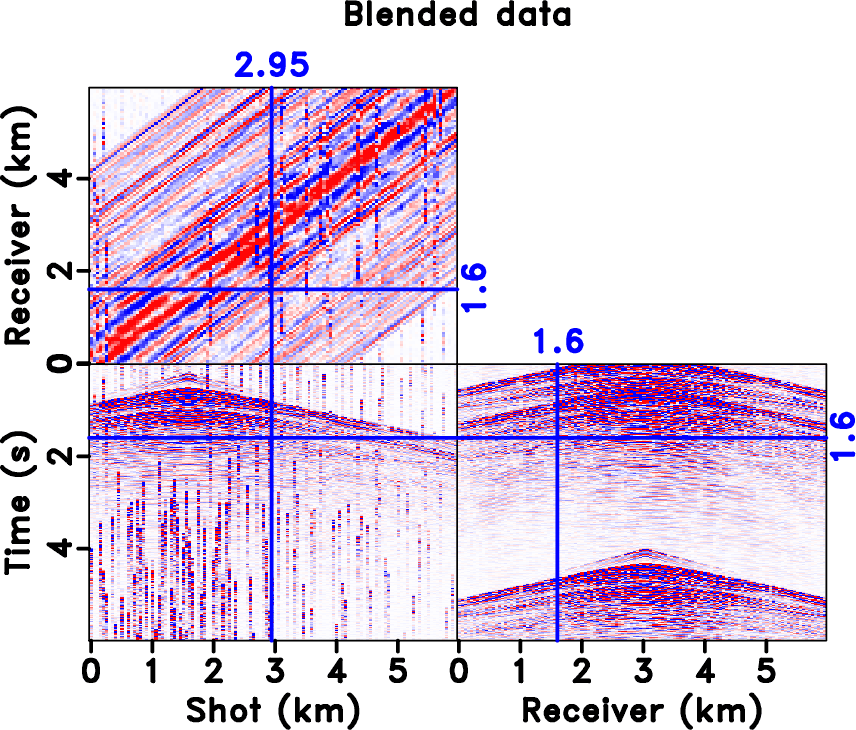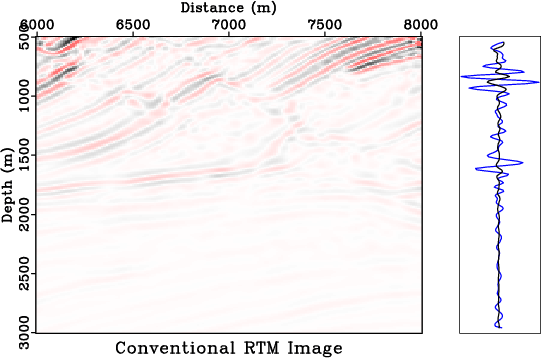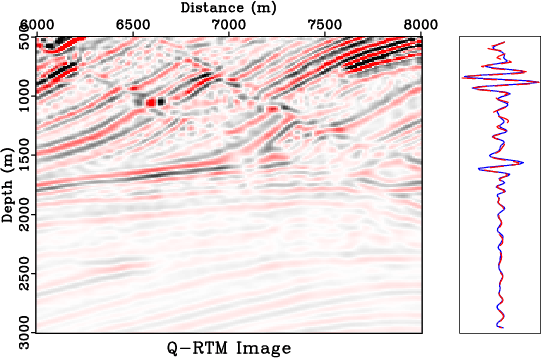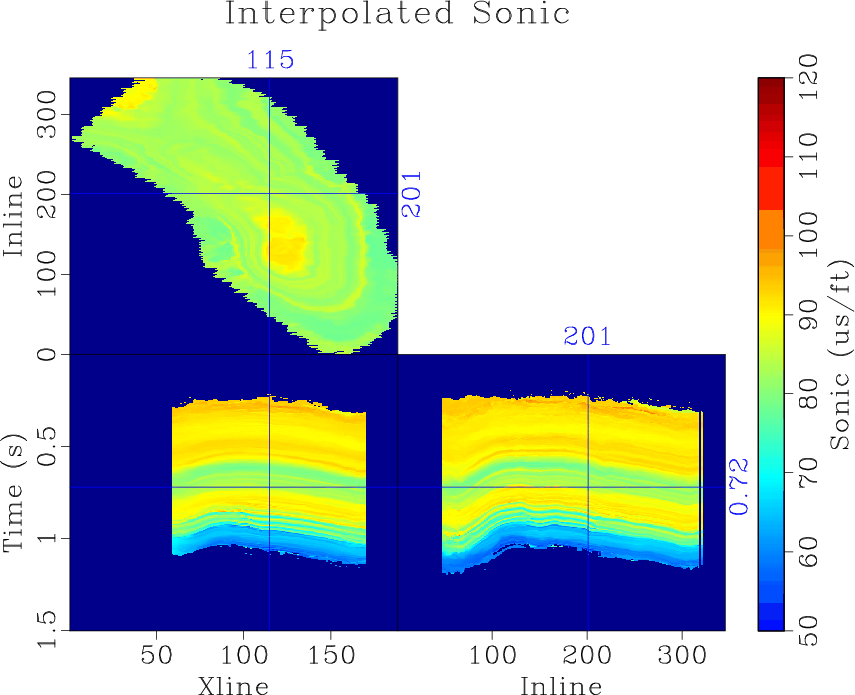A new paper is added to the collection of reproducible documents: One-step slope estimation for dealiased seismic data reconstruction via iterative seislet thresholding
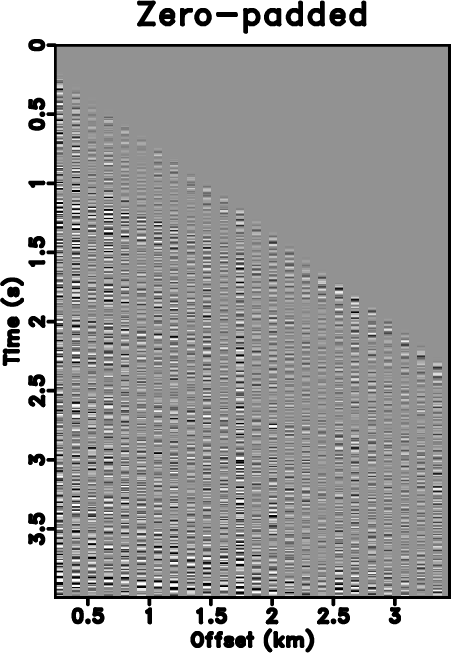

The seislet transform can be used to interpolate regularly under-sampled seismic data if an accurate local slope map can be obtained. The dealiasing capability of such method highly depends on the accuracy of the estimated local slope, which can be achieved by using the low-frequency components of the aliased seismic data in an iterative manner. Previous approaches to solving this problem have been limited to the unstable estimation of local slope via a large number of iterations. Here, we propose a new way to obtain the slope estimation. We first estimate the NMO velocity and then use a velocity-slope transformation to get the optimal local slope. The new method allows us to avoid the iterative slope estimation and can obtain an accurate slope field in one step. The one-step slope estimation can significantly accelerate the iterative seislet domain thresholding process and can also stabilize the iterative inversion. Both synthetic and field data examples are used to demonstrate the performance by using the proposed approach compared with alternative approaches.

